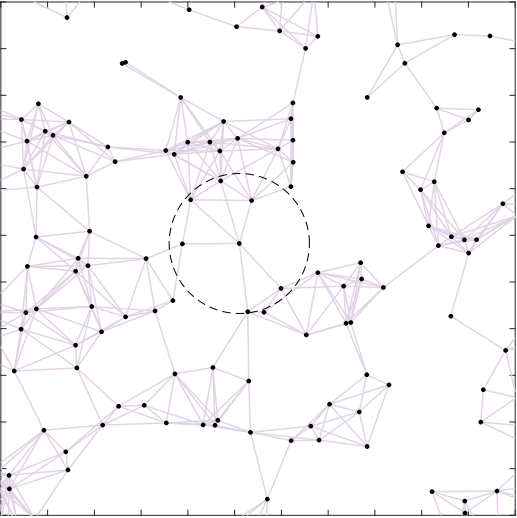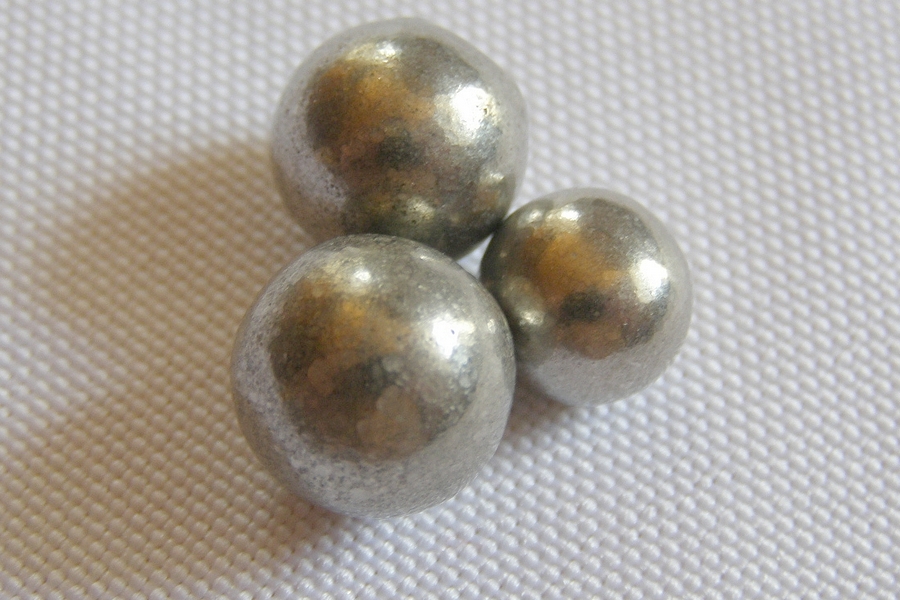
#FridayPhysicsFun - Today I made a loaf of bread. I also learned that bread spontaneously forms heat pipes that move heat and moisture more efficiently. And that the internal structure kind of imitates the large scale structure of the universe. 

The heat pipe info is from Nathan Myhrvold and Francisco J. Migoya in their book Modernist Bread, based on earlier research by food scientists.
physicsworld.com/a/the-physics-…
physicsworld.com/a/the-physics-…
When you heat dough in the oven, at first the surface heats up and starts to dry out. Water diffuses outward, and there is likely some capillary action causing wicking too.
https://twitter.com/anderssandberg/status/1304521907824402434
Bubbles in the dough (due to CO2 from yeast, leavening agents, or just trapped air) start to expand due to the heating.
Steam from the hot side of the bubble condenses on the cooler side. At first the water now has to diffuse through the dough to the next bubble, but as they expand they merge and form tunnels that allow fast steam transport: heat pipes!
This is why leavened dough (bubbles) heats up faster at the centre than unleavened dough (no bubbles). Once it is above 100C at the centre most absorbed energy goes into evaporating water everywhere. And yummy Maillard reactions start in the crust when it is hotter.
On the bottom of the bread tin temperatures are high but water cannot evaporate. Instead it is drawn towards the cooler central regions through the heat pipe effect.
pubmed.ncbi.nlm.nih.gov/30482042/
sciencedirect.com/science/articl…
pubmed.ncbi.nlm.nih.gov/30482042/
sciencedirect.com/science/articl…
As the book notes there are tends of millions of bubbles in a French lean batard but in a fully baked loaf there is about one. The foam shifts from a closed cell structure (isolated bubbles) to an open cell structure (interconnected labyrinth) that makes up 70-85% of the volume.
This is a percolation transition. The classic question giving the theory its name was: could a liquid make its way from the top to the bottom of a porous material? It turns out that as porosity increases there is a relatively sudden transition from low to high probability.
If you can travel between stars but only within a certain distance, there is a sudden transition from being bound in small clusters and reaching most of the galaxy. 





The cool thing about percolation is that it is universal: many different models produce nearly the same behaviour for the same dimensionality of space, whether it is steam through bread, electric charge through a material, or epidemic spread. terrytao.wordpress.com/2010/09/14/a-s…
Closed cell foams are good for thermal insulation since gas in the bubbles cannot diffuse, and it will be rigid and incompressible. Open cell foams are often more elastic and low density, but allow diffusion.
What I like about this kind of foams is that they form roughly Voronoi partitions of space. They expand from a starting site until they bump into each other, forming roughly flat walls (closed) or a edge network (open).
Biggest foam is of course the cosmic web, where voids began as low-density bubbles pulled outwards by the gravity of outside matter. Now they form an open cell structure where we live on one of the edges. The universe is clearly bread.
• • •
Missing some Tweet in this thread? You can try to
force a refresh







